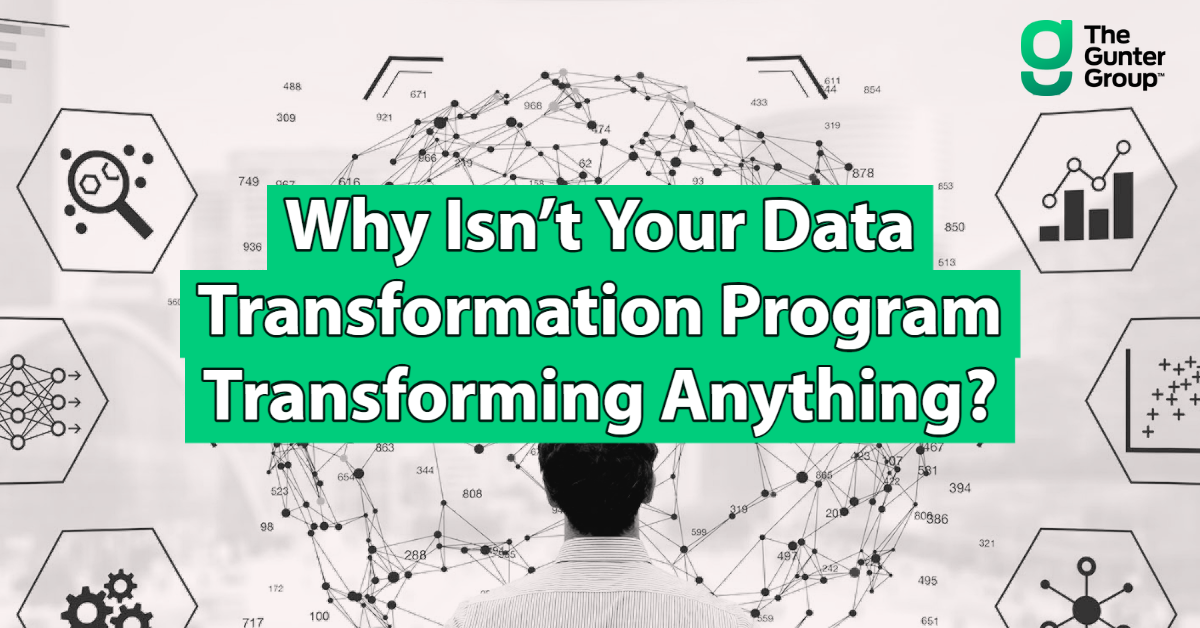Recently members of our team completed an engagement with a national insurance provider supporting multiple strategic initiatives. In this industry spotlight, we share the process and impact of our team’s work.
Tag Archives: Portland
DOES TRANSFORMATION HAVE TO BE TRANSFORMATIONAL?
TGG’s Danny Quarrell explores how a mix of enablement projects alongside your game changing Transformational projects are key to a healthy Actuarial Transformation Program.
DON’T LET TECH DEBT STAND IN THE WAY OF DATA-DRIVEN INSIGHT
Matt Jamison, Principal Consultant and Service Leader for TGG’s Technology Practice, shares strategies to mitigate tech debt and use your data to its fullest potential.
WHY ISN’T YOUR DATA TRANSFORMATION PROGRAM TRANSFORMING ANYTHING?
Matt Jamison, Principal Consultant and Service Leader for TGG’s Technology Practice, explains TGG’s unique approach to Technology work and explores current industry trends.
TGG PARTNER Q&A:
2022 CONSULTING MAGAZINE BEST FIRMS TO WORK FOR
TGG partner and head of TGG’s Nevada team, Tony Schweiss shares about the impact of being recognized by Consulting Magazine and the significance of being honored nationally for The Gunter Group’s culture and workplace.
CHANGE MANAGEMENT:
THE PAST, PRESENT, AND TGG
People are hardwired to be cautious of change. However, in today’s rapidly-evolving business climate, organizations must find ways to support employees through inevitable changes.
WHAT MAKES FOR AN IMPACTFUL CHANGE LEADER?
Impactful change leaders understand not only the holistic process of change but also the strategic tools and steps needed to help guide them in executing change. Here are seven components of impactful change leaders.
A QUICK AND DIRTY GUIDE
TO DATA MATURITY
Matt Jamison, Principal Consultant and Service Leader for TGG’s Technology Practice, explains TGG’s unique approach to Technology work and explores current industry trends.
5 KEYS FOR TACKLING
FAST TRACK PROJECTS
“Expect the unexpected.” Whether you’re faced with a crisis now, or looking to be prepared for anything unexpected in the future, here are five keys our team utilizes to help organizations move forward with critical, fast track projects.








